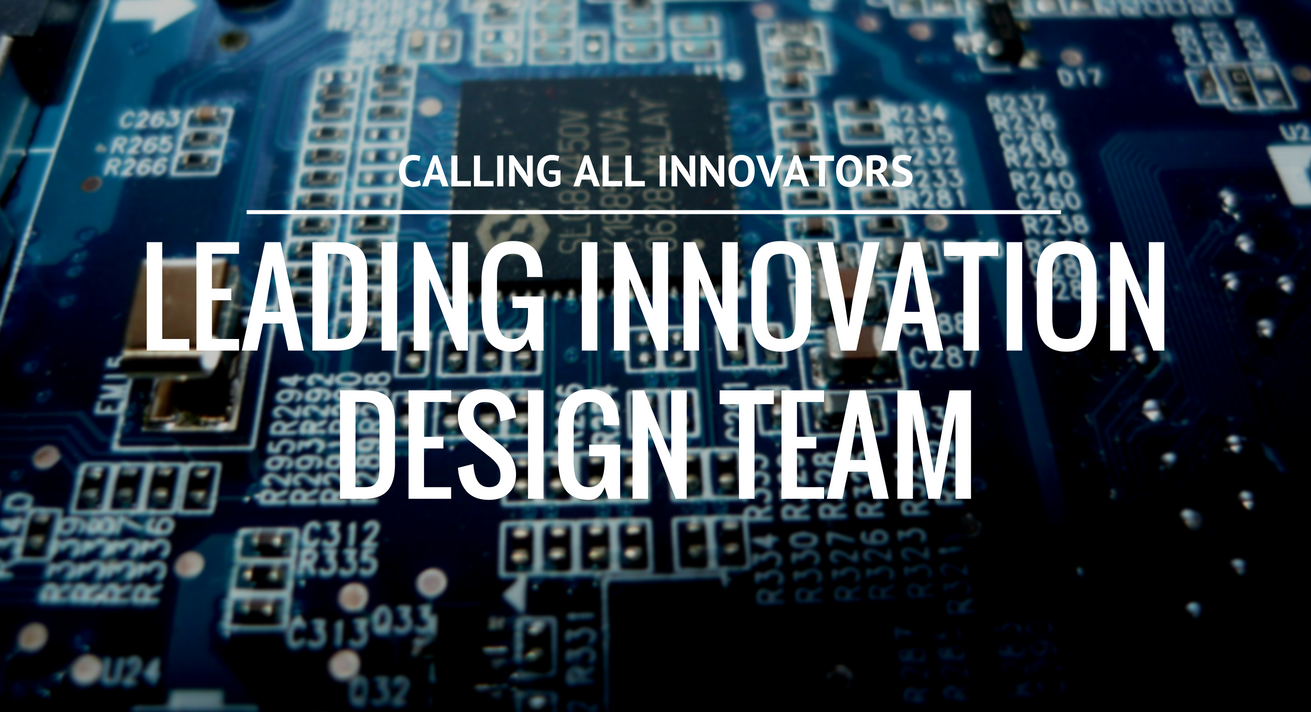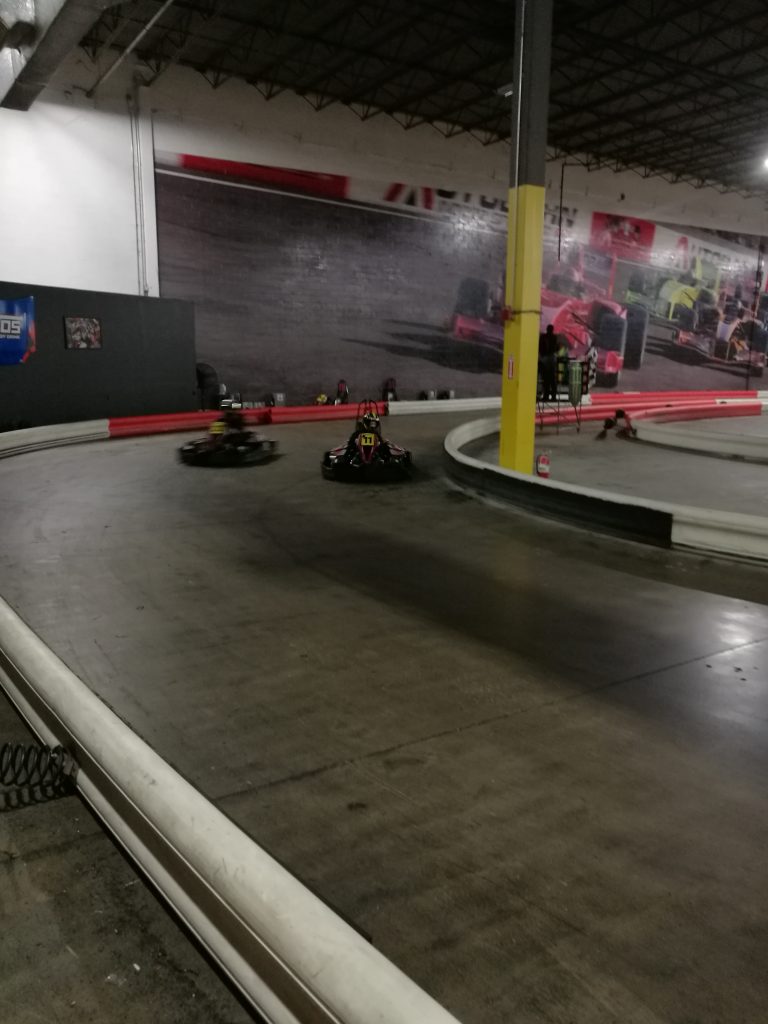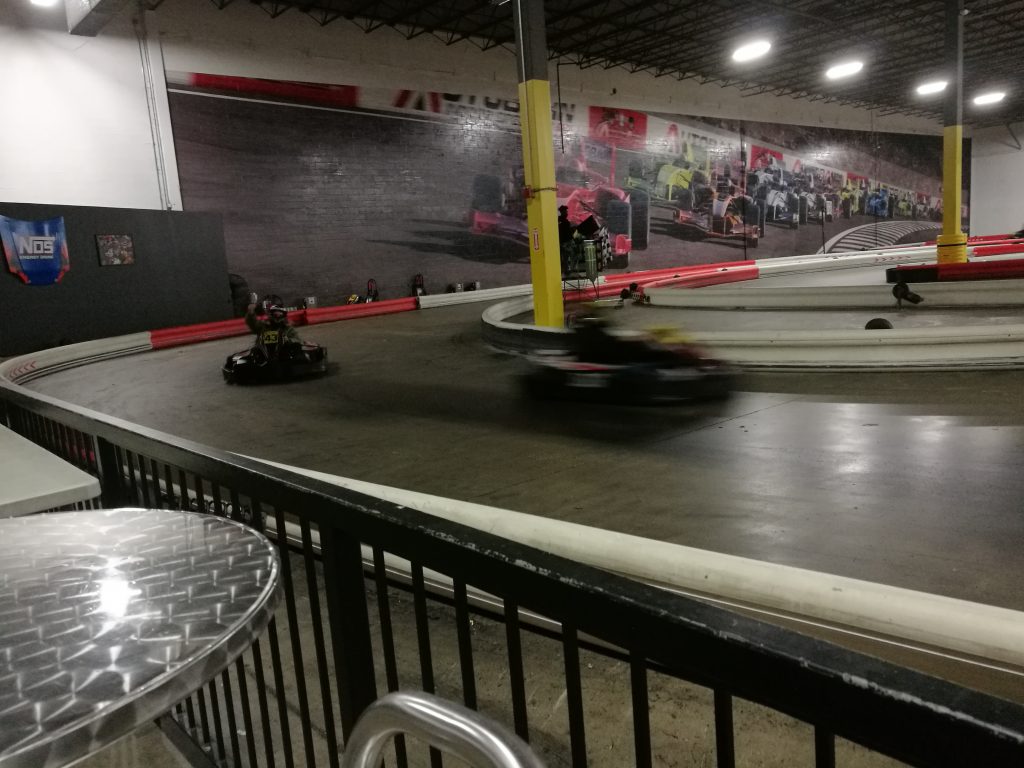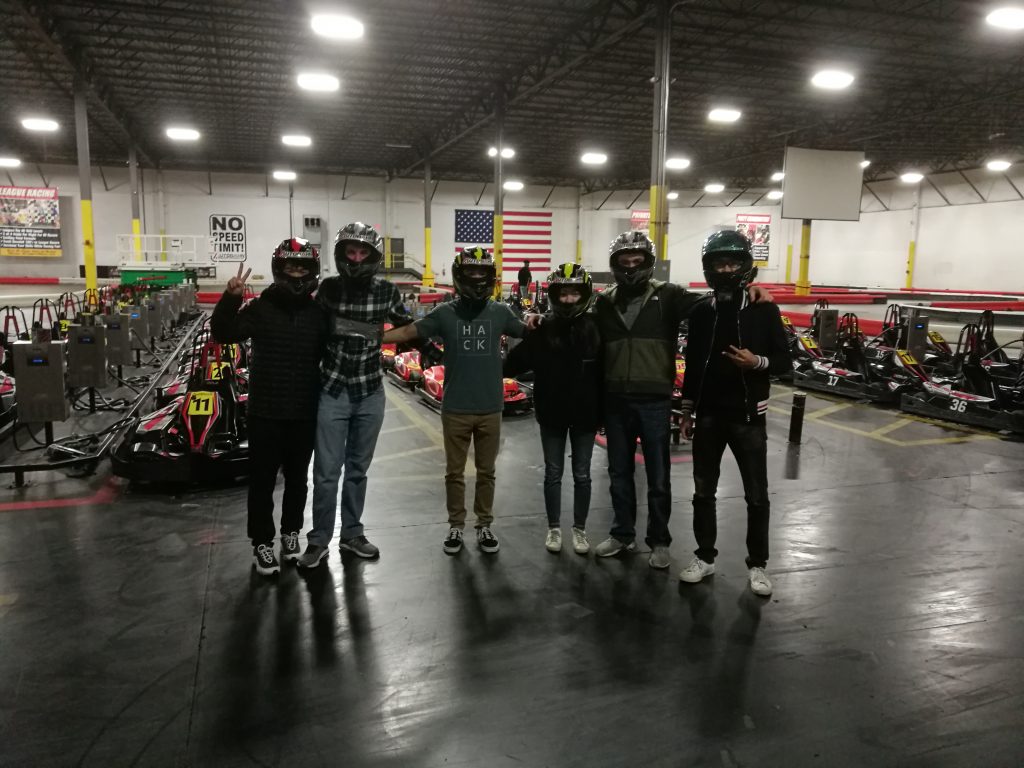Follow this link to see the course syllabus for the Spring 2020 semester.
New Leading Innovation Design Team announced for Spring 2020
Due to popular demand, the following project will be taking place for the Leading Innovation Design Team in the Spring of 2020.
iRoam
The Opportunity: How many people are blind? It may shock you as well to learn it is a very large number. You may also find it surprising how little, if any, technology has been developed to help improve the quality of life for the visually impaired. If we are close to deploying fully autonomous vehicles, it would be reasonable to assume that we should be much closer to having an aid that can help visually impaired individuals safely navigate the streets and more. We are up for this challenge, how about you?
Team Sepsis Detection reaches second milestone
Team Sepsis Detection, a group formed within the Learning Innovation Design Team (LINDT) class, just completed its second milestone. The photo below shows the group demonstrating the various methods of collecting the vital signs on Dr. Jim Fackler, a collaborator and also the project sponsor. Once the group gets IRB approval, the team will be collecting similar data from the campus clinic.
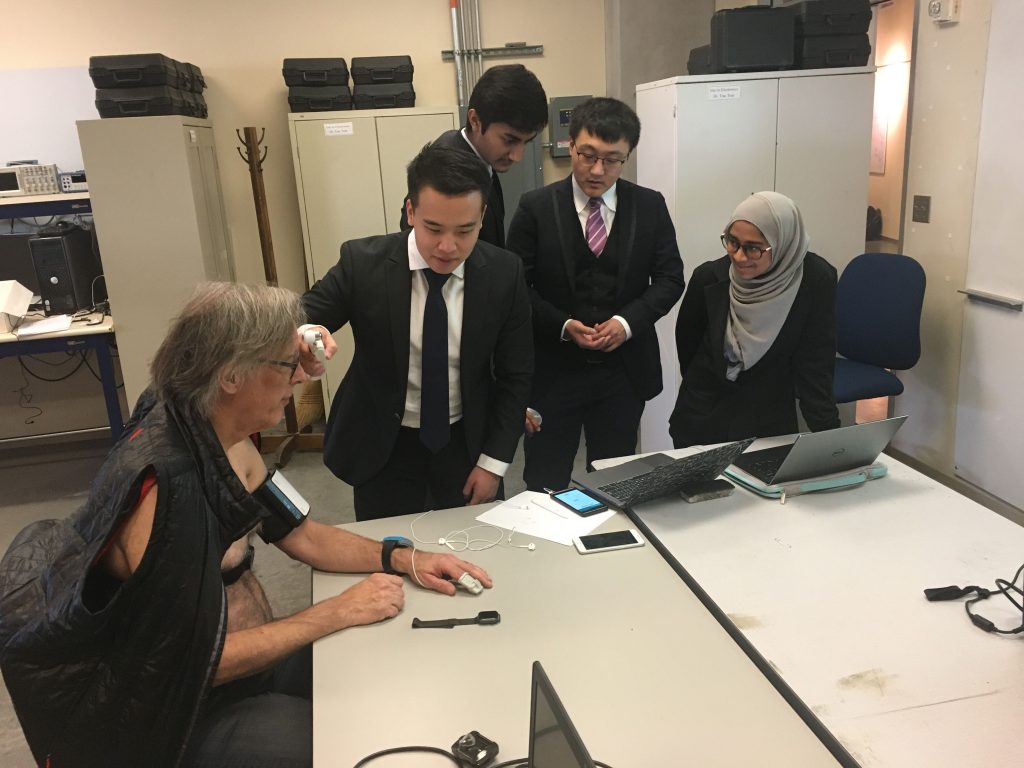
The Electric Jays have a fun first field test!
The Electric Jays, a group formed within the Learning Innovation Design Team class, had their first field test earlier this week!
The group went to an indoor race track with electric go-karts, similar to the one they’re building. They collected good data and experience to jump start their design efforts, as it will take a bit of time before their vehicle is ready for testing.
Beyond that though, the outing also served to build more team spirit! Check the photos and video below to see the team members going full speed in a race:
Introducing this Year’s Teams!
Say hello to this year’s LINDT groups! We’re looking forward to seeing what these teams are able to accomplish. Go to the projects page to learn more about what they are collaborating on, and check this page for periodic updates on their progress.
Team Decon

Team Sepsis Detection
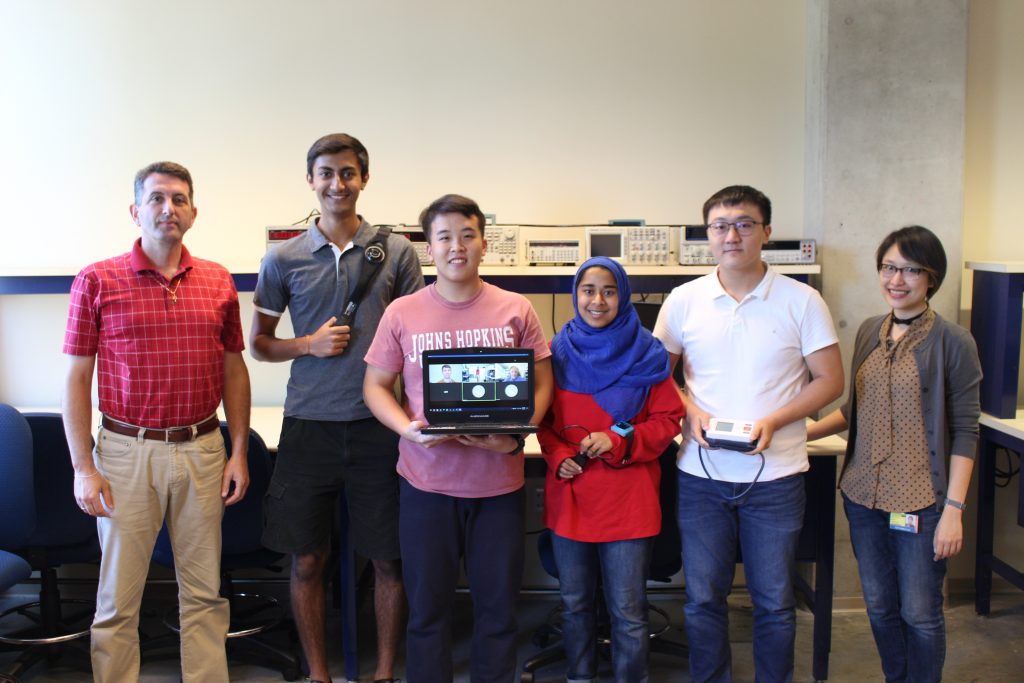
Team eVGrand Prix
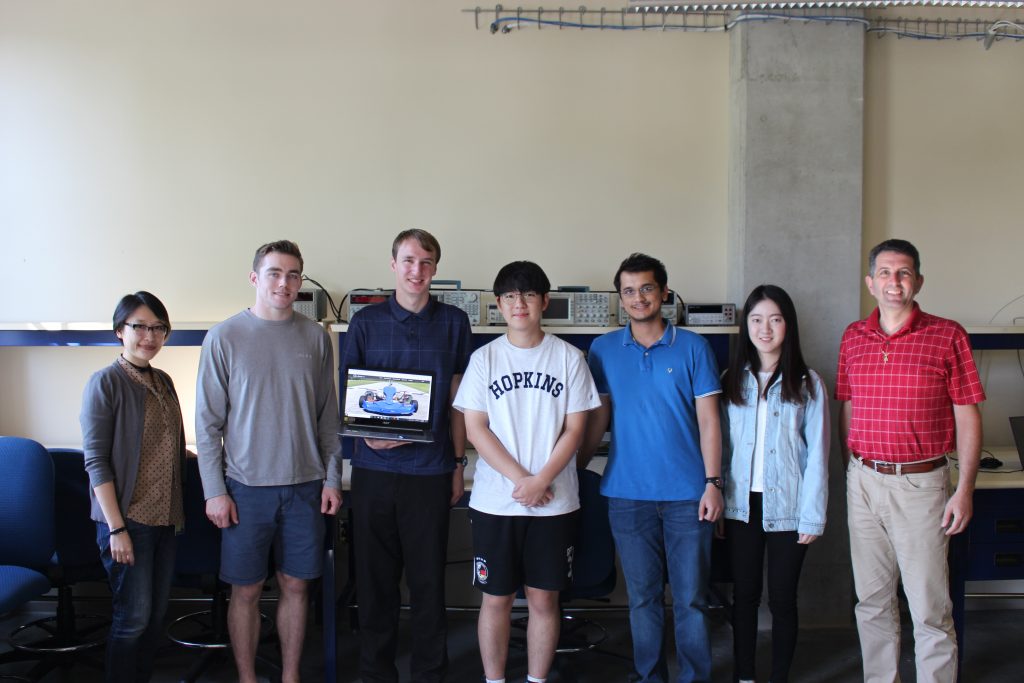
Updates for LINDT projects to be posted throughout upcoming academic year
Be sure to check this page throughout the upcoming academic year as we will be providing regular updates and pictures on how each LINDT project is progressing. Below is an example of an update from this past March, which can also be read here.
The Department of Electrical and Computer Engineering’s Leading Innovation Design Teams (LINDT) have been working hard this semester, and are starting to reach their set milestones. Two different groups – Amazon Here We Come and IR Eye Therapy – have recently had major breakthroughs in their projects.
Amazon Here We Come – comprised of team members Filip Aronshtein, Darshini Balamarugan, Chang Hwan Choi, Dimitri Herr, and Christian Seremetis, and sponsored by Baltimore-based company Barcoding,Inc. – is looking to find a cost effective, reliable, and drone-based method to help warehouses find their desired packages, rather than having employees scan aisles for them.
Recently, the group demonstrated full reader control and operation on a flying drone, as well as making progress toward finalizing an indoor localization solution. Below, the group is pictured with Barcoding, Inc’s CEO Jay Steinmetz.
IR Eye Therapy – made up of team members Thomas DiSorbo, Andrew Efimov, Jeff Kim and Bidyut Mani – is looking to develop a working low-level light therapy (LLLT) device that will serve as a treatment option for Retinitis Pigmentosa, a rare genetic disorder leading to cellular apoptosis, or photoreceptor “suicide,” in the retina of the eye.
The group is aiming to have its final LLLT device function with three different features; control device, eye tracking mechanism for the safeguard of the cornea and overall mechanical design including housing of the laser, control, head placement, and microscope for doctors. IR Therapy – which is pictured below and sponsored by the Whiting School of Engineering, as well as The Johns Hopkins University School of Medicine – recently finalized a sufficient laboratory setup for analyzing laser effect on animal eyes, and completed primary experiments on a bovine model.
